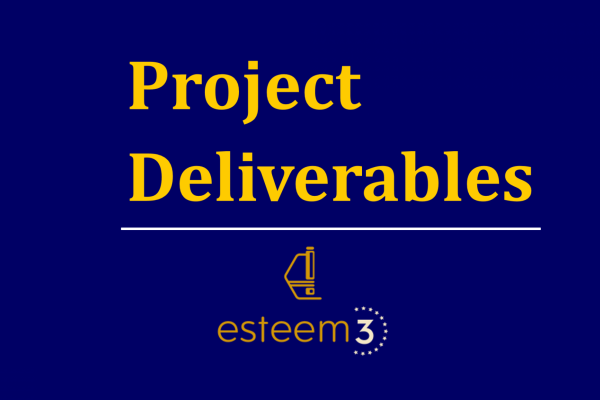Optimizing FE(I)BID Ohmic Contacts for In-Situ Biasing Experiments in TEM

In the framework of the ESTEEM3 project, we've developed protocols to prepare specimens suitable for in-situ biasing experiments on thin films or devices. This article focusses on the Deliverable 6.4 - Report on protocols for achieving low resistive FE(I)BID Ohmic contacts and presents the progress made towards achieving low resistive Focused Electron/Ion Beam Induced Deposition (FE(I)BID) Ohmic contacts, an essential part of this protocol.
Developing Protocols for Low Resistive FE(I)BID Ohmic Contacts
A thorough protocol was developed by STU, aiming to develop a FIB sample-preparation routine for in-situ electrical measurements with minimized attachment/detachment steps and reduced use of fixation with Pt. The objective was to achieve contamination-free and artifact-free electron-transparent samples. Moreover, the effect of different parameters used during sample preparation and the geometry of the lamellae on the electrical measurements were fully characterized.
Electrical Characterization
Each preparation step was followed by comprehensive characterization. (S)TEM imaging was used for visual inspection of the sample, while EDX-STEM measurements were performed to inspect potential contaminants. Electrical four-point measurements were conducted systematically. For each lamella, different currents were applied and the response of the sample measured in a 3-step waveform mode. Minor hysteresis loops were observed in the current–voltage characteristic curve as the current was ramped up and down.
Conclusions and Outlook
We have established a detailed protocol for FIB sample preparation of TEM lamellae on MEMS-based chips for in-situ electrical and electro-thermal TEM experiments, with optimized contact resistances. The introduced methodology requires a FIB instrument with a micromanipulator and custom holders.
Our results demonstrate that the beam energy during deposition or the size of the Pt contacts have only a minor, insignificant impact on the current–voltage characteristics. However, care must be taken to ensure the contacts are large enough to maintain the mechanical stability of the sample when applying external stimuli. Furthermore, the lamellae thickness systematically influences the measured current–voltage characteristics.
This achievement marks a significant step forward in in-situ biasing experiments in TEM, promising to provide new insights and advancements in the field of microelectronics.
For regular updates on our progress, follow us on social media and visit our website. We look forward to sharing more exciting developments with you from ESTEEM3!
Deliverable 6.4 - Report on protocols for achieving low resistive FE(I)BID Ohmic contacts [PDF, 1.24 MB, not barrierefree]
